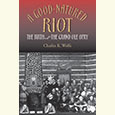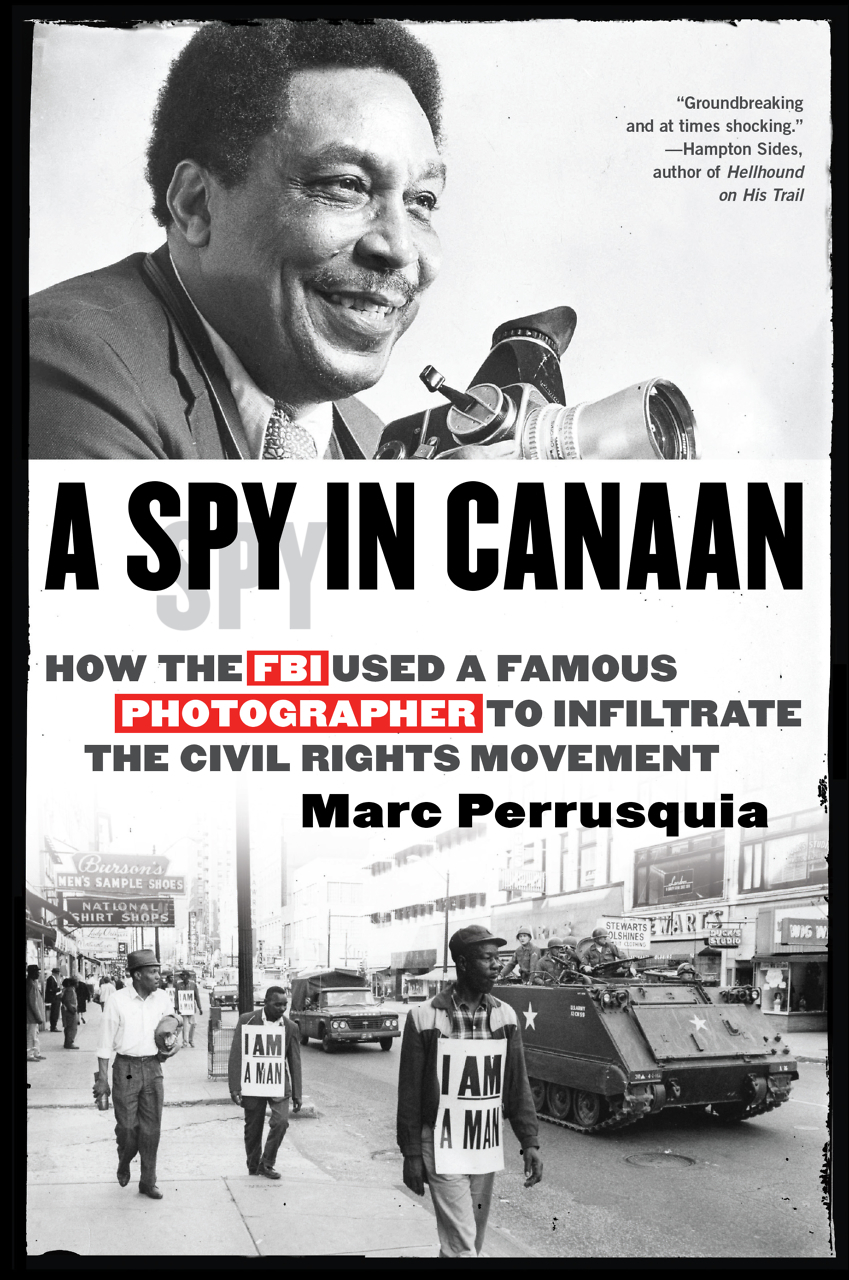Dream Season
Former NBA superstar Penny Hardaway coaches a team of disadvantaged Memphis youth to victory in Wayne B. Drash’s moving first book, On These Courts
During his basketball career as a star guard, Memphis-born Anfernee “Penny” Hardaway made over $200 million in salaries and endorsements, rising to become what author Wayne B. Drash calls “one of the wealthiest men in Memphis history.” But persistent microfractures, subtle and insidious, gradually reduced his once-phenomenal ability until his basketball career finally ended in 2007 with a quiet release from the Miami Heat, the last team to take a chance on his past greatness. But as Drash writes in On These Courts: A Miracle Season that Changed a City, a Once-Future Star, and a Team Forever, it was what Hardaway chose do to long after his career ended that truly marked his character: last year he coached the boys’ basketball team at Lester Middle School—where he had once played himself—to a Tennessee state championship. That season provides a backdrop to the most inspiring sports story to come out of Memphis since Michael Lewis’s The Blind Side, and like that book, it too seems custom-made for Hollywood.
 Drash, a staff writer and producer for CNN.com, is well-positioned to tell the story of “Lil Penny’s” rise, fall, and rebirth. A Memphis native himself, Drash grew up in a neighborhood three miles from Hardaway’s. At fifteen, they actually played together on a team at a University of Kentucky basketball camp. Nevertheless, their worlds could hardly have been less similar: “We were two kids from very different sides of Memphis—a symbol of how the game of basketball bridged the divide of the racially charged city we called home,” Drash writes. “There might as well have been a concrete barrier topped with razor wire along Walnut Grove.” Drash, who attended Memphis-area private schools as the son of a coach, never played with African-American children until he was in the fifth grade, when an all-black city team “annihilated” his private-school baseball team 22-1 in a local championship game. As a lifetime devotee of Memphis sports, Drash draws on his own experiences in introducing Hardaway in the book’s early chapters, but he wisely steps back from this first-person narration in telling the story of the 2011-2012 season at Lester Middle School.
Drash, a staff writer and producer for CNN.com, is well-positioned to tell the story of “Lil Penny’s” rise, fall, and rebirth. A Memphis native himself, Drash grew up in a neighborhood three miles from Hardaway’s. At fifteen, they actually played together on a team at a University of Kentucky basketball camp. Nevertheless, their worlds could hardly have been less similar: “We were two kids from very different sides of Memphis—a symbol of how the game of basketball bridged the divide of the racially charged city we called home,” Drash writes. “There might as well have been a concrete barrier topped with razor wire along Walnut Grove.” Drash, who attended Memphis-area private schools as the son of a coach, never played with African-American children until he was in the fifth grade, when an all-black city team “annihilated” his private-school baseball team 22-1 in a local championship game. As a lifetime devotee of Memphis sports, Drash draws on his own experiences in introducing Hardaway in the book’s early chapters, but he wisely steps back from this first-person narration in telling the story of the 2011-2012 season at Lester Middle School.
It all began when Desmond Merriweather, one of Hardaway’s oldest friends and head coach of the Lester Lions, was diagnosed with colon cancer. He needed a replacement coach during his recovery, and Hardaway agreed to help. Predictably, “Coach Penny”—who as a child had found his only escape from the mean Memphis streets in the Lester gym—became much more than just a basketball coach to the young boys of the middle-school team; he also became a positive role model, a tutor, a protector, and in some cases a surrogate father.
 Coach Dez, as Merriweather is known to the team, pitched in as his chemo regimen permitted and helped Hardaway get the lay of the land. Still, Coach Penny had his work cut out for him. Gangs battle for drug turf in the Binghampton neighborhood, where the school is located, and often recruit boys younger even than those on the Lester team. Few students graduate from high school; fewer still get into college. (Hardaway himself, despite his nationally recognized talent in high school, had to sit out a year before he earned an ACT score high enough to play at Memphis State.) The boys on the team each had separate problems at home, and separate talents on the court, that Hardaway had to address, one by one. Drawing on the discipline instilled in him by his grandmother, he helped one player cope with grief and another with an abusive parent.
Coach Dez, as Merriweather is known to the team, pitched in as his chemo regimen permitted and helped Hardaway get the lay of the land. Still, Coach Penny had his work cut out for him. Gangs battle for drug turf in the Binghampton neighborhood, where the school is located, and often recruit boys younger even than those on the Lester team. Few students graduate from high school; fewer still get into college. (Hardaway himself, despite his nationally recognized talent in high school, had to sit out a year before he earned an ACT score high enough to play at Memphis State.) The boys on the team each had separate problems at home, and separate talents on the court, that Hardaway had to address, one by one. Drawing on the discipline instilled in him by his grandmother, he helped one player cope with grief and another with an abusive parent.
Because of Hardaway’s fame, local press—and eventually the whole city of Memphis—began to follow the Lester team, and by the time of the championship game, it seemed as though the future of not only the young players and the ailing Coach Dez but the entire city was riding on Coach Penny’s shoulders. In a build-up to the final game that is as suspenseful as any in the annals of American sports-writing, On These Courts shows a man who has had everything, and lost much, returning to his roots and making a miracle in his own community. “Penny’s story is America in a microcosm, a lesson as to how basketball is an important example in bridging the racial divide, an example of one’s determination to succeed,” Drash writes. “To overcome.”
Wayne B. Drash will join former NBA star Anfernee “Penny” Hardaway to discuss and sign copies of On These Courts at the University of Memphis Bookstore on May 8 at 6 p.m., and at The Booksellers at Laurelwood on May 10 at 6 p.m.


